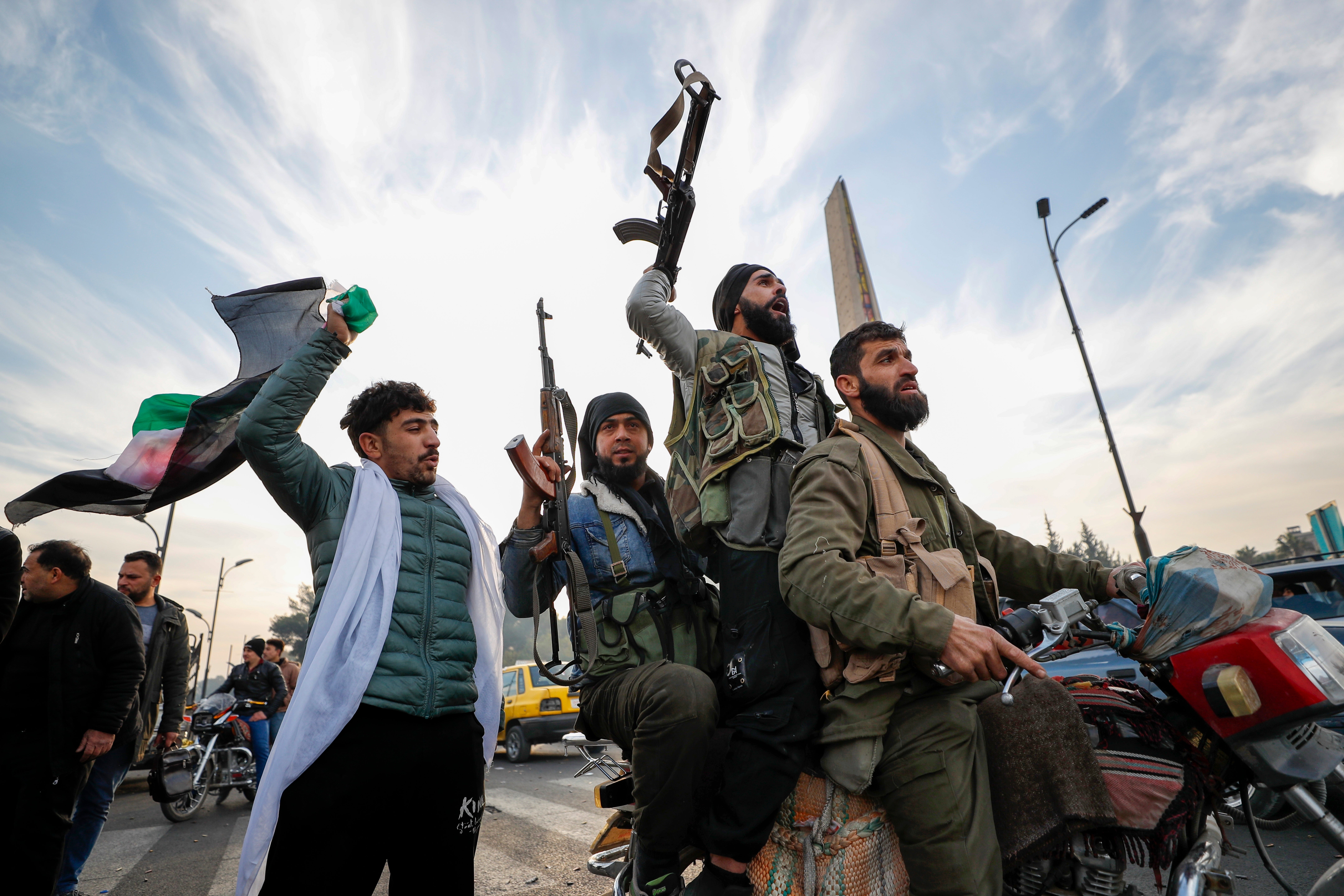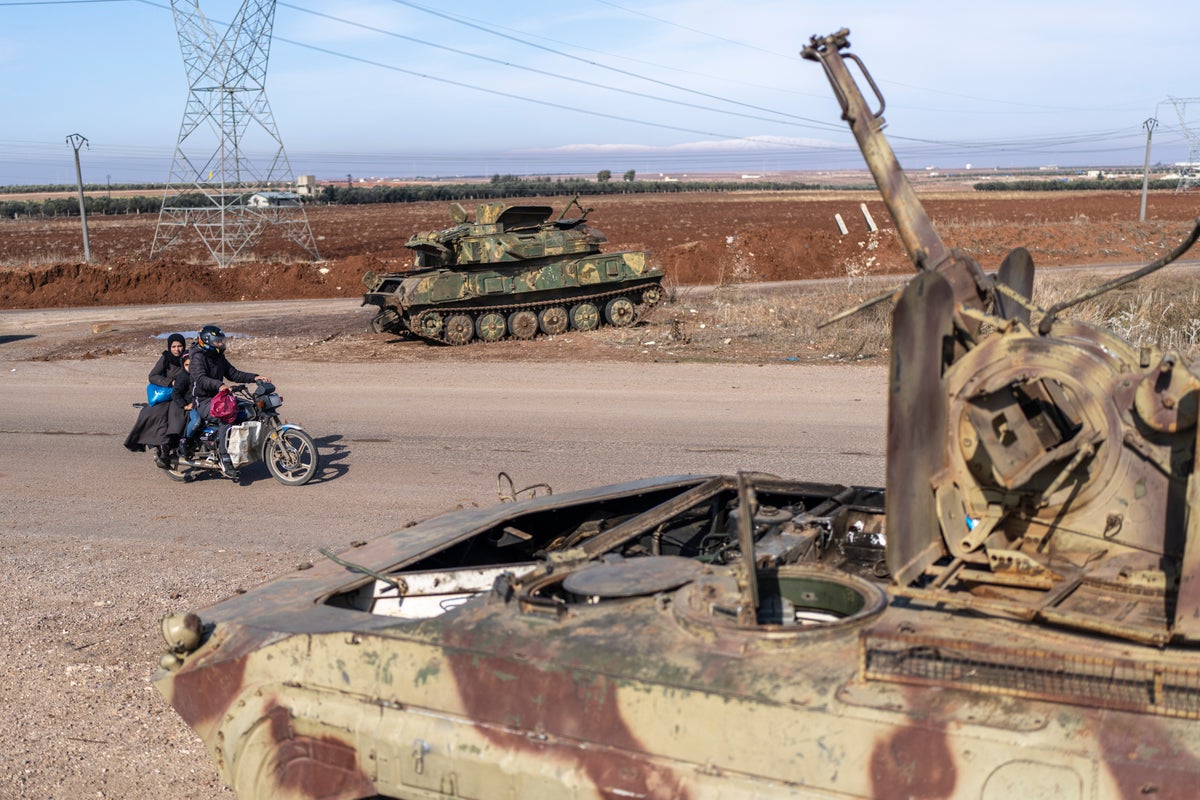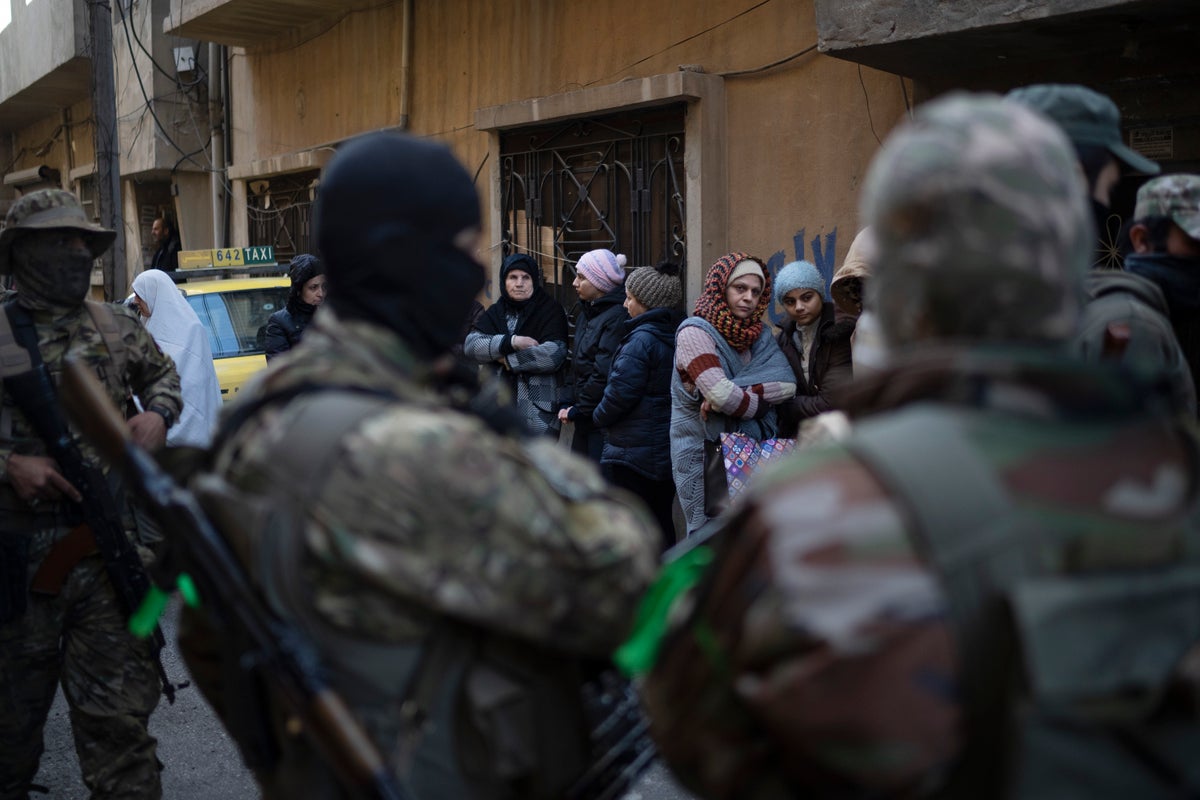Falcon drones, rockets and night-vision snipers: How Syria’s rebels planned for years to oust Assad
Share:
Bel Trew speaks to commanders of the Islamist Hayat Tahrir al-Sham (HTS) – who led the charge to topple Bashar al-Assad – about the long-term planning and military innovations that brought victory, as well as what comes next. Locally-made weaponry, including night vision, rocket systems, drones, and armoured vehicles were pivotal in the shock ousting of Syria’s Bashar al-Assad, top rebel commanders have revealed, as the interim government announced that rebel factions will dissolve and merge to form a new Syrian Defence Ministry.
![[People gather during a celebration called by Hayat Tahrir al-Sham (HTS) at the Umayyad Square, after the ousting of Syria’s Bashar al-Assad, in Damascus]](https://static.independent.co.uk/2024/12/24/17/newFile-2.jpg)
In interviews with The Independent, senior figures from Hayat Tahrir al-Sham (HTS) – the Islamist opposition faction that led the charge – explained how they had planned the offensive for more than four years, after devastating losses at the hands of the Assad regime in 2020 forced them to build a “new military doctrine” from scratch.
![[The rebels took control of Aleppo, Hama and Homs before heading to Damascus]](https://static.independent.co.uk/2024/12/02/12/Screenshot-2024-12-02-at-11.59.51.jpg)
This shift involved a new weapons programme, including locally-manufactured sniper systems that allowed them, for the first time, to fight at night - as well as uniting disparate groups into a formal military structure, encouraging regime defection and meticulously planning for “the day after” the end of Assad.
![[yria’s de facto leader Ahmed al-Sharaa attends a meeting with former rebel faction chiefs on Tuesday]](https://static.independent.co.uk/2024/12/24/17/newFile-4.jpg)
Now, they are poised to reveal their new military structure, with HTS chief and the country’s de facto leader, Ahmed al-Sharaa – also known as Mohammed al-Golani – saying on Tuesday that they had reached an agreement with disparate faction chiefs to consolidate under the defence ministry and build a new military together with those who defected from Assad’s forces.
![[Rebels in the Bab Touma neighbourhood of Damascus]](https://static.independent.co.uk/2024/12/24/17/newFile-5.jpg)






















